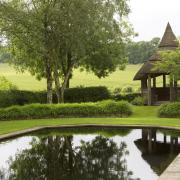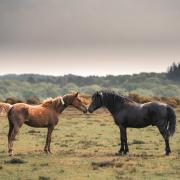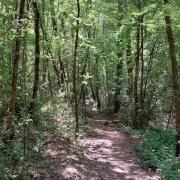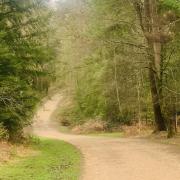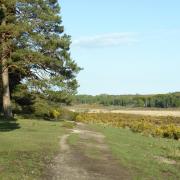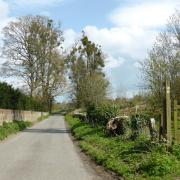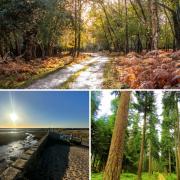Moths can be easily misunderstood and seen less favourably than their butterfly cousins. Some people may have a fear of moths in flight or see them as pesky pests that may chomp a favourite jumper. But these underrated insects deserve a little love and admiration.
Whilst moths may be active at any time, as we advance into spring more species will emerge. Most people will know several types of butterfly names but may be far less familiar with the monikers of moths, many of which were dreamt up by Victorian collectors. They range from the mundane and purely descriptive, such as the Turnip and the Treble Lines, to more poetic like Maiden’s Blush, True Lovers Knot and Merveille du Jour.

Often dismissed as drab and dull, many varieties of moth are beautifully bright and colourful. Darker shades of brown, black and grey can help to provide effective camouflage, but moths also display intricate patterns and vivid palettes of red, pink, orange, and purple.
The mighty moth plays a vital role pollinating our plants and crops, which is often being overlooked as they take on the night shift. Research has shown they are more efficient pollinators during the short hours of darkness than day-flying pollinators such as bees and butterflies.

There are an astonishing 2,500 species of moth in the UK. With sharp eyes or a bit of luck, you can spy them resting on bushes, trees, walls, or fences - especially if there's a light source close by. Start spotting these amazing creatures by leaving your windows open as the evenings warm up, or by checking the wall around outside lights. There are several online resources to help including the ‘Hantsmoths Flying Tonight’ website (hantsmoths.org.uk) which contains photos and information on the most recorded species, whilst its Facebook community page is on hand to offer further tips.
About the author
Andrew Davidson is a natural environment officer with Hampshire County Council’s Countryside Service. The service looks after many of Hampshire’s major country parks and National Nature Reserves, as well as some heritage monuments, local recreational spaces, and large areas of common land. It also manages Hampshire’s 3,000 miles of public rights of way.




